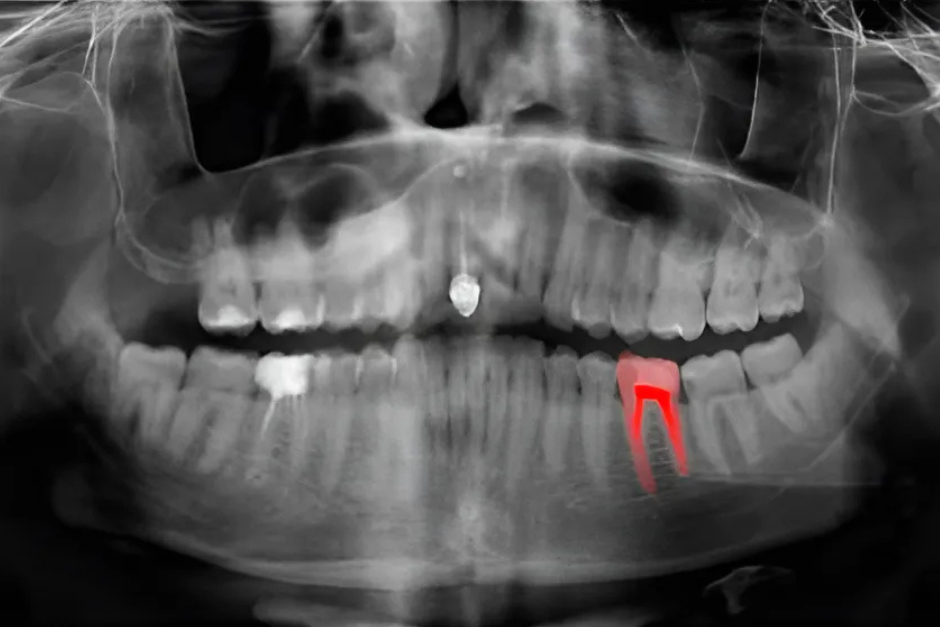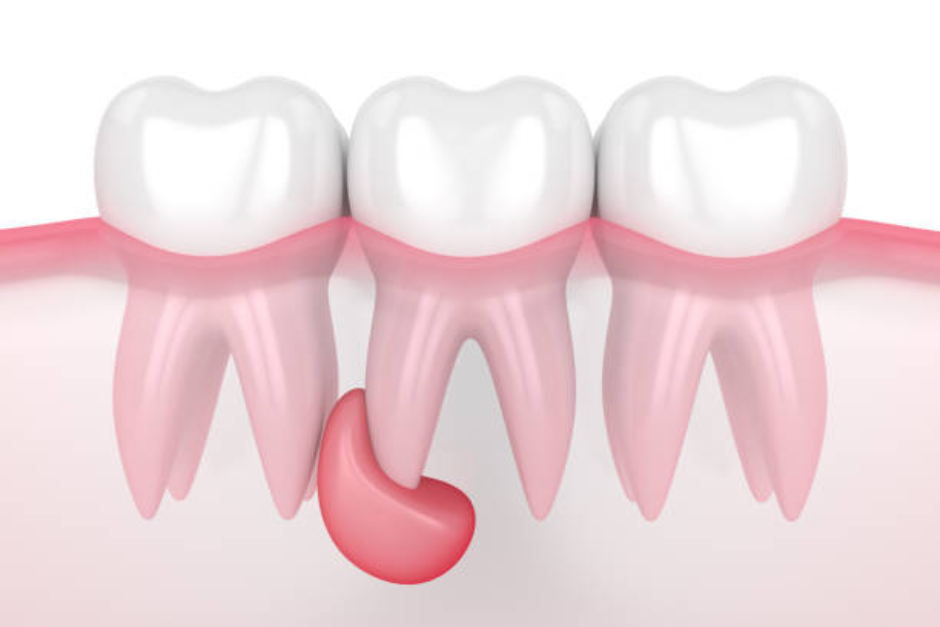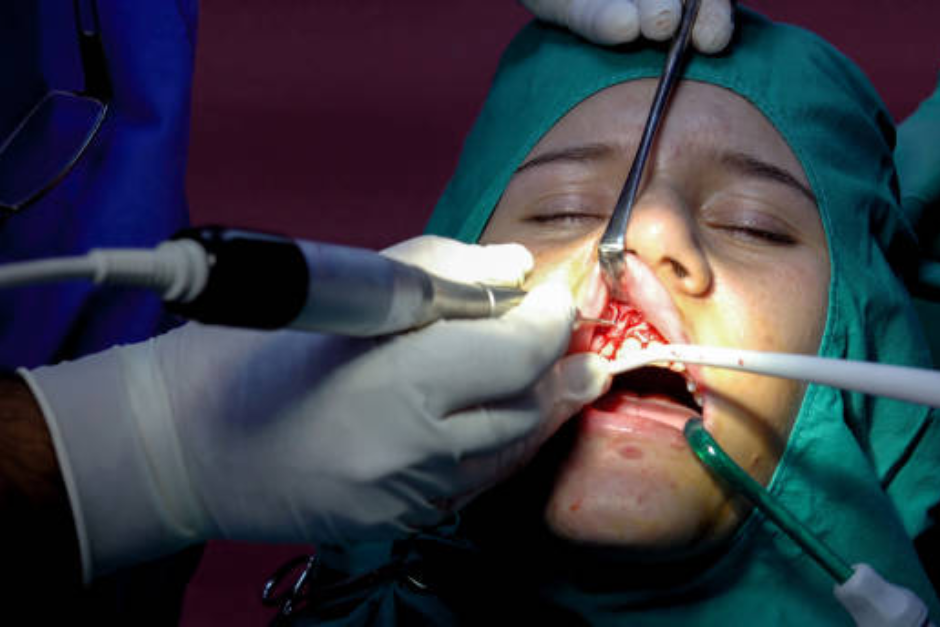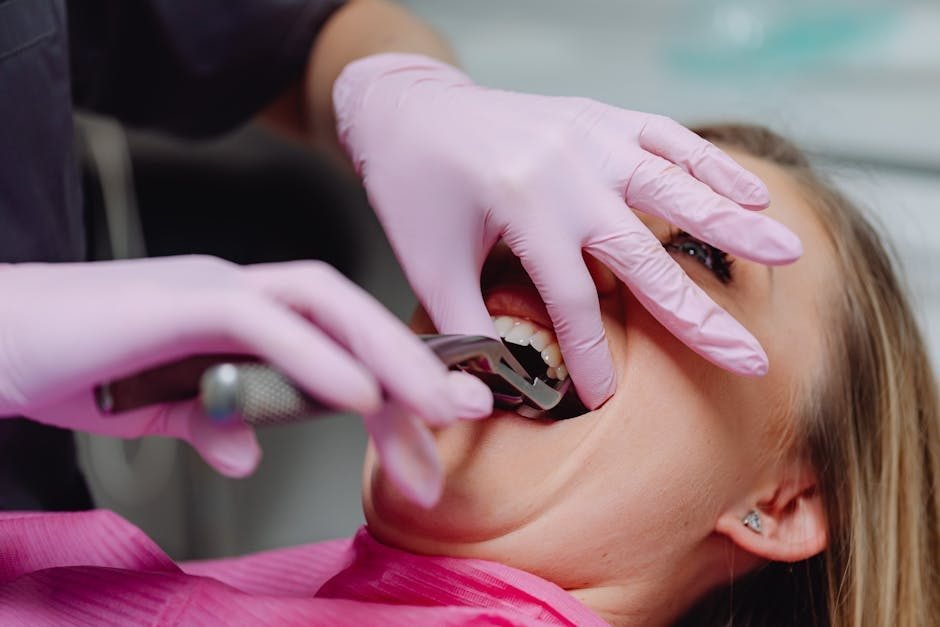Dental abscesses are inflammatory conditions that originate either from dental caries or infections in the surrounding periodontal tissues (the periodontal ligament). They can present as localized abscesses confined to the soft tissues (gums) or deeper abscesses involving the bone surrounding the tooth.
Diagnosis typically relies on both clinical and radiographic evaluation to assess the abscess's origin, size, and type — whether acute or chronic, purulent (fluctuant) or interstitial. These factors play a key role in determining the timing and approach for surgical intervention.
In most cases, small to medium-sized abscesses are drained in the clinic under local anesthesia. This is done by making a surgical incision at the most fluctuant point of the abscess, while considering vital and aesthetic landmarks if drainage is performed through an external incision on the face. After drainage, a drainage strip is placed and secured with a suture to ensure continuous discharge and prevent premature closure of the wound, until the final treatment of the underlying cause is completed — whether through treating the affected tooth or extracting it.
Abscess drainage is considered a moderately painful procedure in the clinic, performed under local anesthesia. The level of pain increases with the size of the abscess and its spread to distant anatomical areas. In cases of extensive spread, referral to a hospital is often preferred to avoid complications.
As for medication, antibiotics are commonly prescribed both before and after the surgical procedure to provide systemic coverage, enhance the body’s ability to fight the infection, and prevent the bacteria responsible for the abscess from spreading into the bloodstream, thereby reducing the risk of bacteremia.






